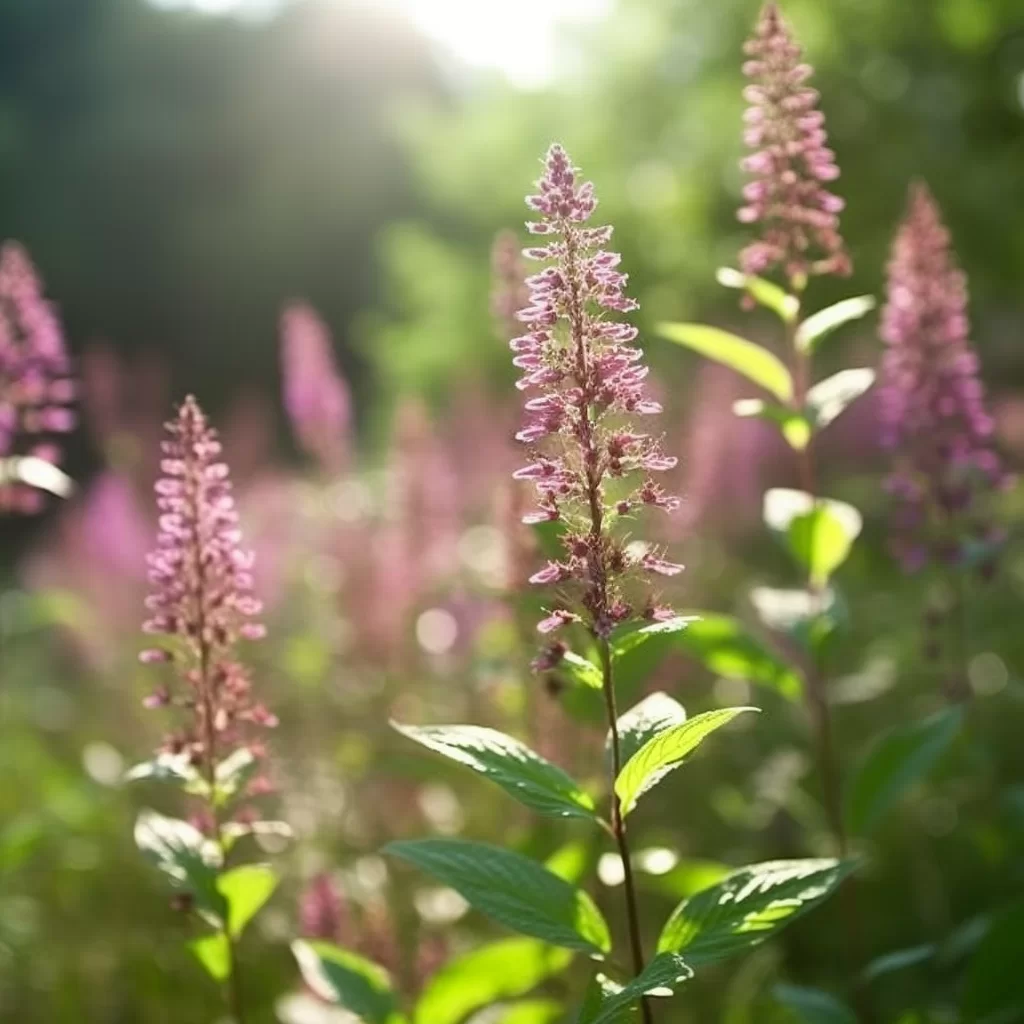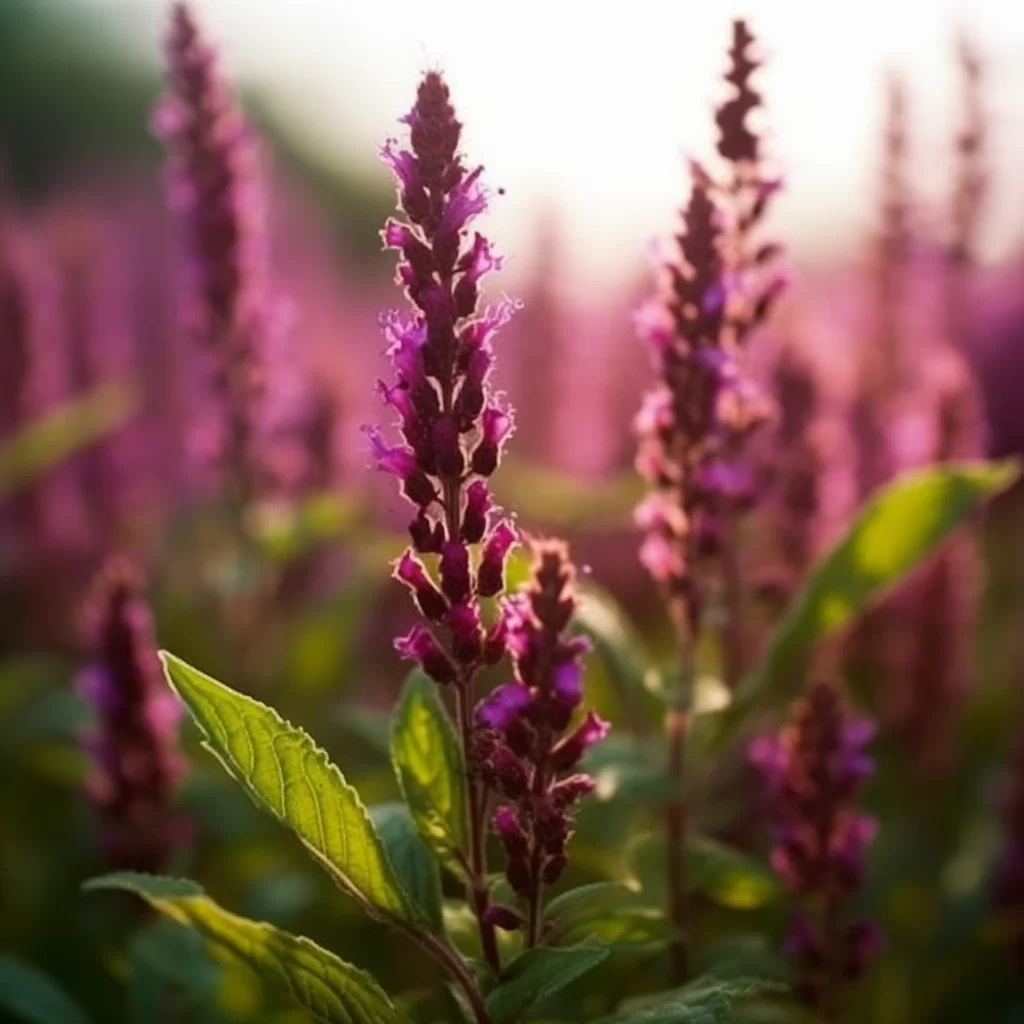Story of Day :
Contents
The Loosestrife Plant: A Complete Guide and Care Tips
Are you tired of the same old garden plants? Why not try something new? The loosestrife plant is a beautiful addition to any garden, but it can be tricky to care for.
In this guide, we will provide you with all the information you need to know about the loosestrife plant, including care tips and how to keep it under control.
What is Loosestrife Plant?
The loosestrife plant (Lythrum salicaria) is a perennial herbaceous flowering plant that belongs to the family Lythraceae.
It is native to Europe and Asia, but it has been introduced in North America as well.
This beautiful plant produces spikes of pink or purple flowers that bloom from June through September.
Care Tips for Loosestrife Plant

Before planting your loosestrife, you should consider its growing requirements.
Here are some tips on how to care for your loosestrife:
- Light: Loosestrifes prefer full sun or partial shade.
They can tolerate full shade but may not flower as much.
- Soil: They grow best in moist soil with good drainage.
If your soil tends to dry out quickly, add organic matter like compost or peat moss before planting.
- Watering: Water them regularly during dry spells.
However, overwatering can cause root rot so beware of that too.
- Fertilizer: Fertilize once every spring with balanced fertilizer such as NPK (Nitrogen-Phosphorus-Potassium).
- Pests/Diseases: Loosestrifes are typically not bothered by pests and diseases.
However, they can be affected by powdery mildew if the leaves stay too damp for extended periods.
In such cases, use a fungicide spray.
- Propagation: Propagation of loosestrife plant is done through cuttings or division in spring or fall.
Maintaining Loosestrife Plant Growth
If left unchecked, your loosestrife plant can become invasive and take over your garden.
Here are some tips to keep your plant under control:

- Pruning: Make sure you deadhead spent flowers frequently to prevent self-seeding which causes its spreading in unwanted areas.
Cut back the entire stem during winter pruning to ensure new growth comes back fresh and strong.
- Cutting Back: Cutback about a third of the stems after flowering season; this helps make it bushier thereby producing more flowers next year .
- Digging up roots :If you want to remove them completely from a particular spot that is getting crowded, dig out all the roots carefully using a sharp knife or loppers so as not to damage other plants’ roots nearby.
The Bottom Line
The loosestrife plant with its beautiful spikes of pink or purple flowers adds an eye-catching element that will make any garden stand out from others.
With proper care, it’s easy to maintain – just follow our simple tips above! Do try experimenting with this beautiful specimen in your garden!